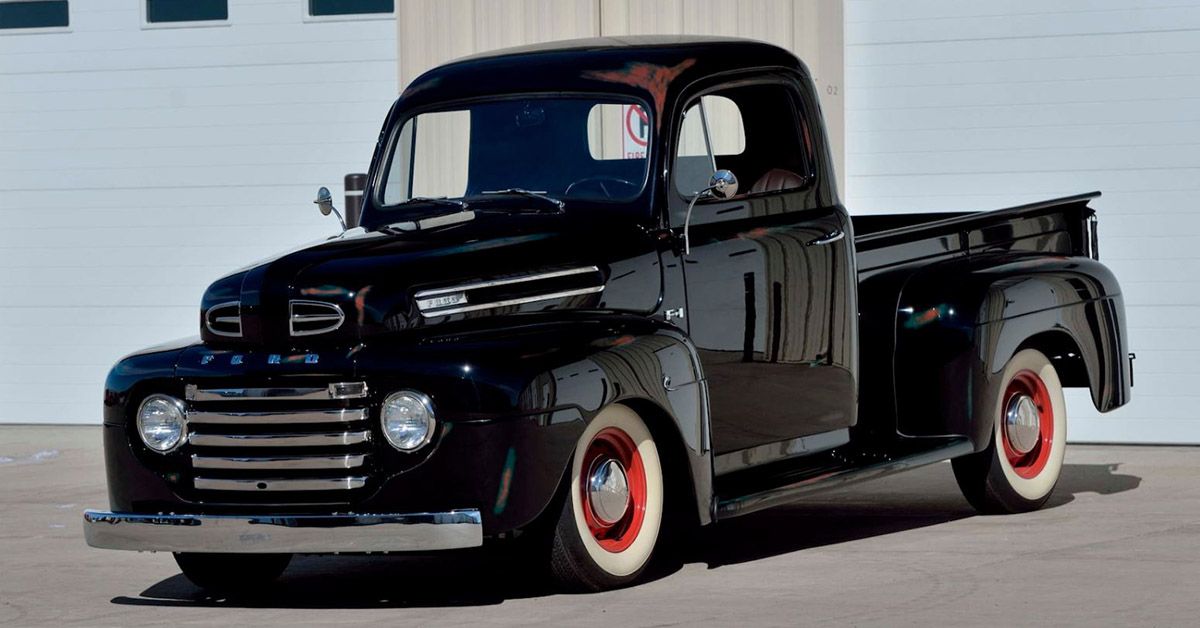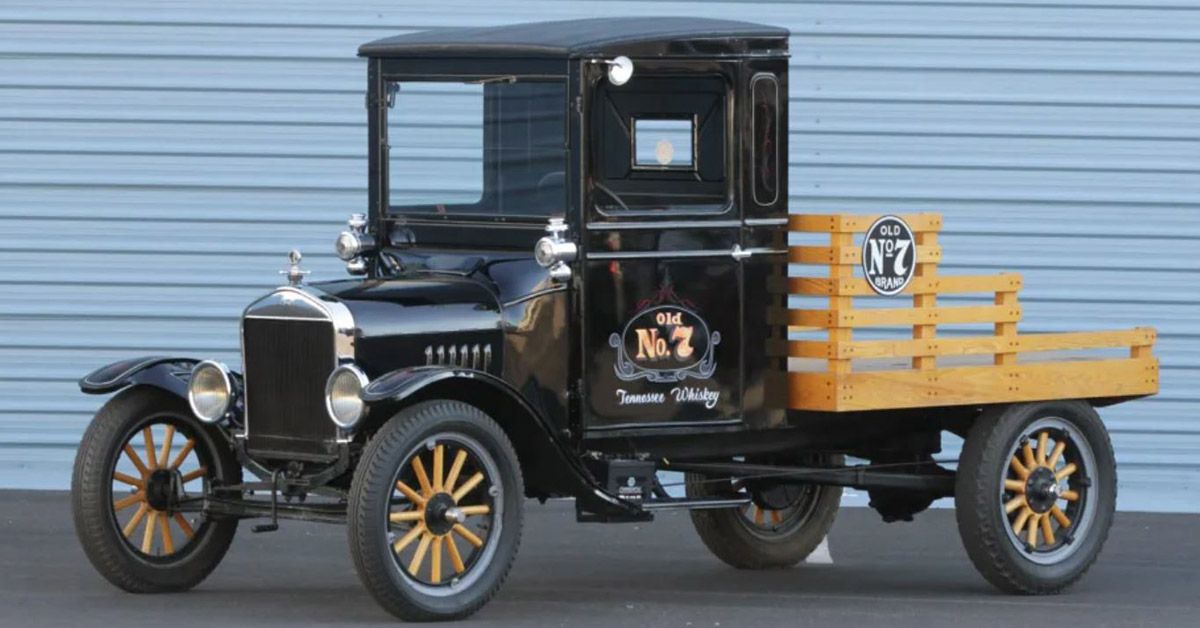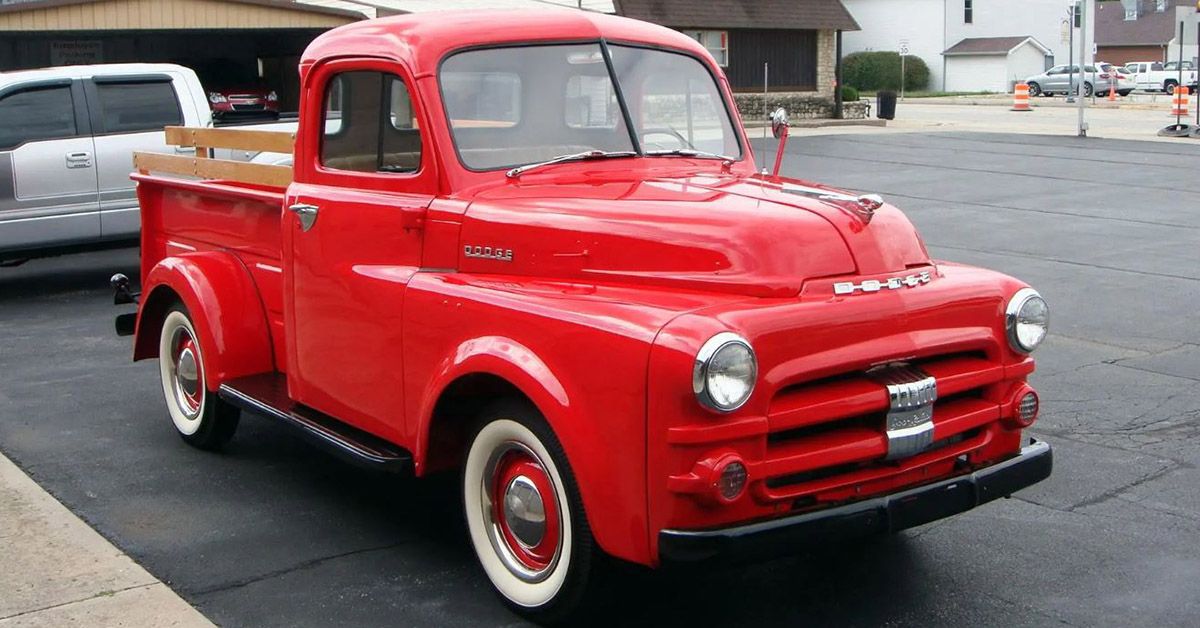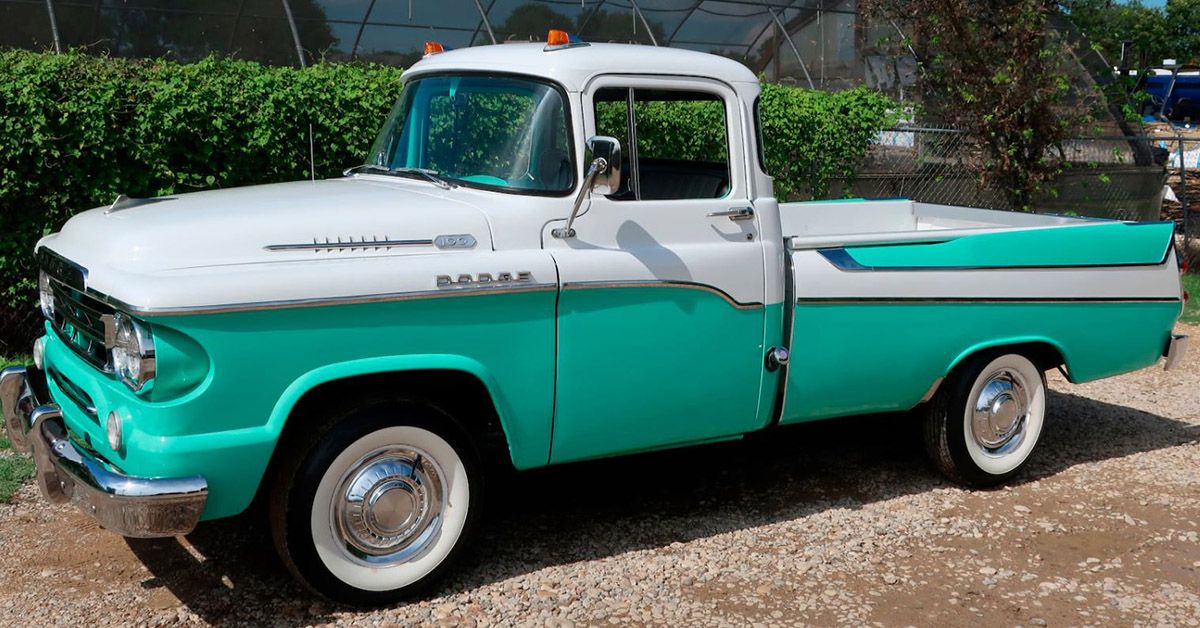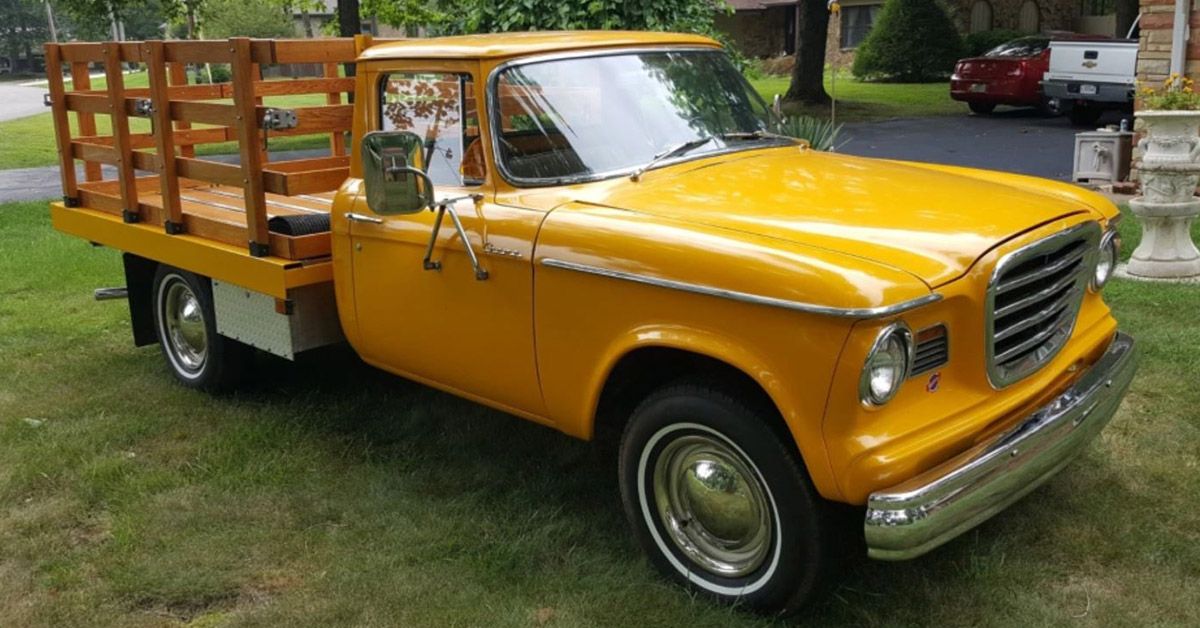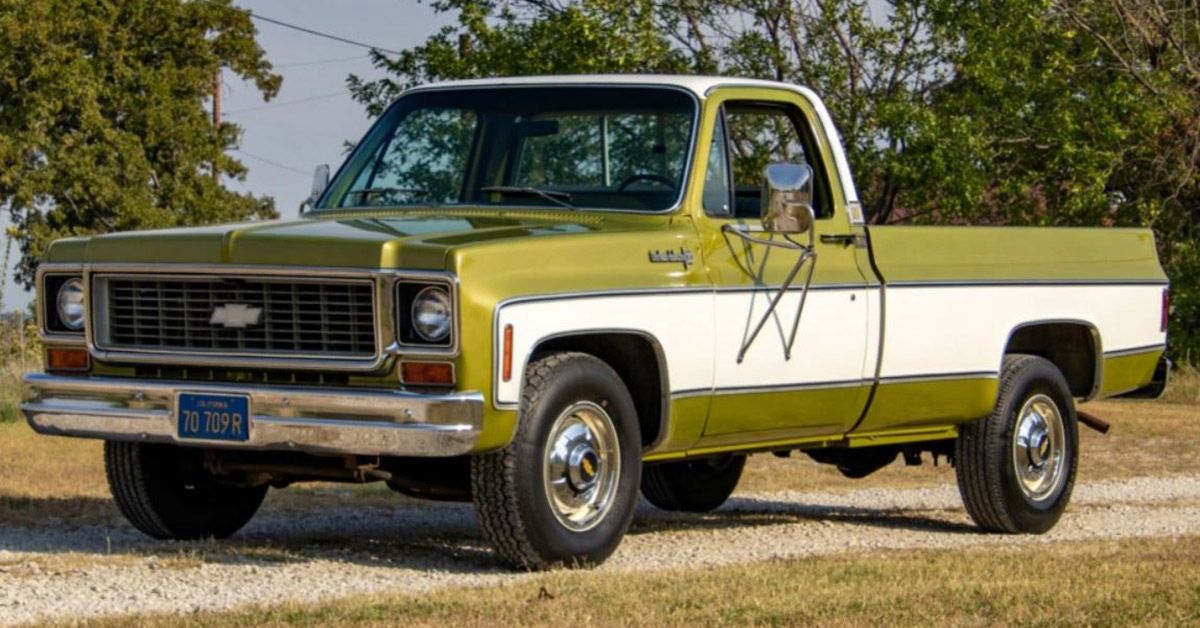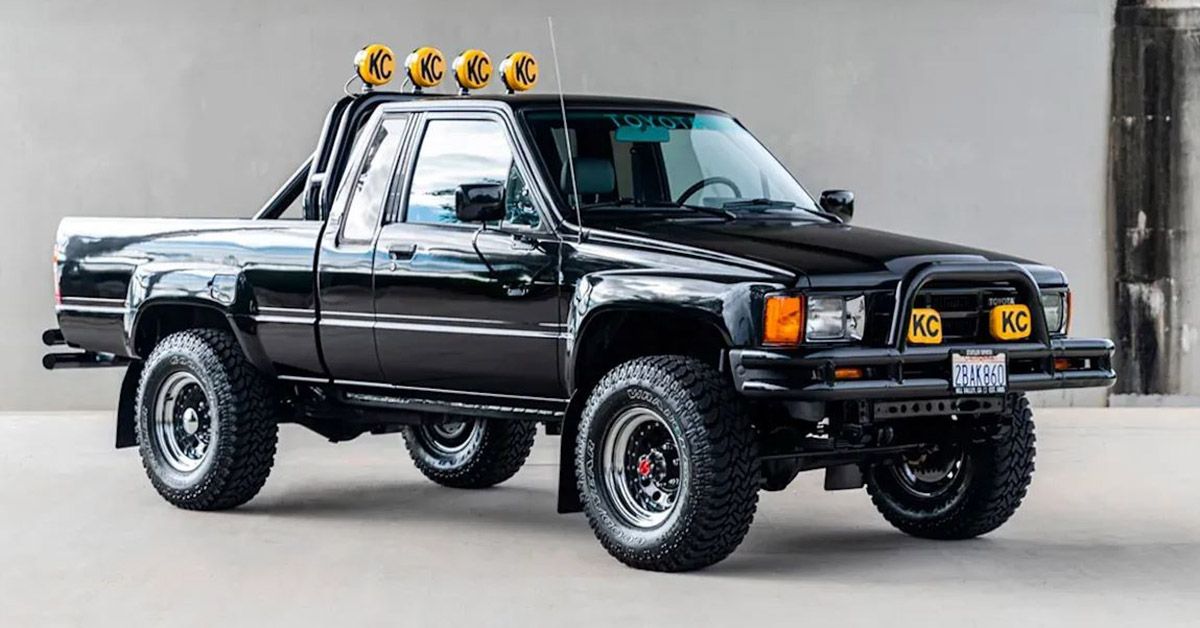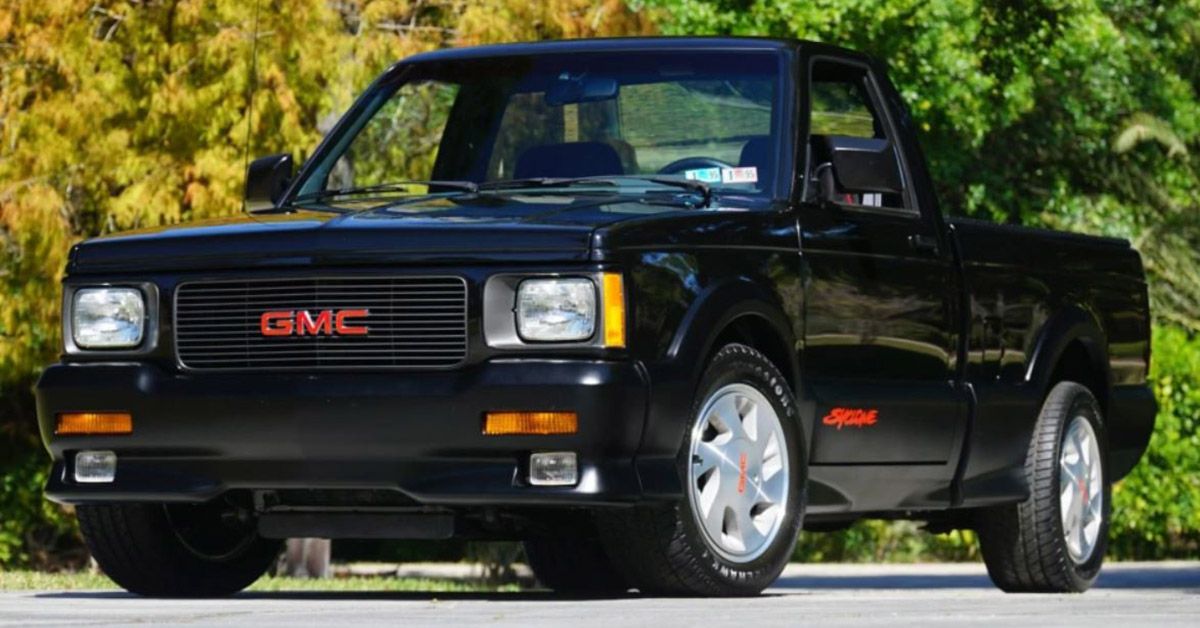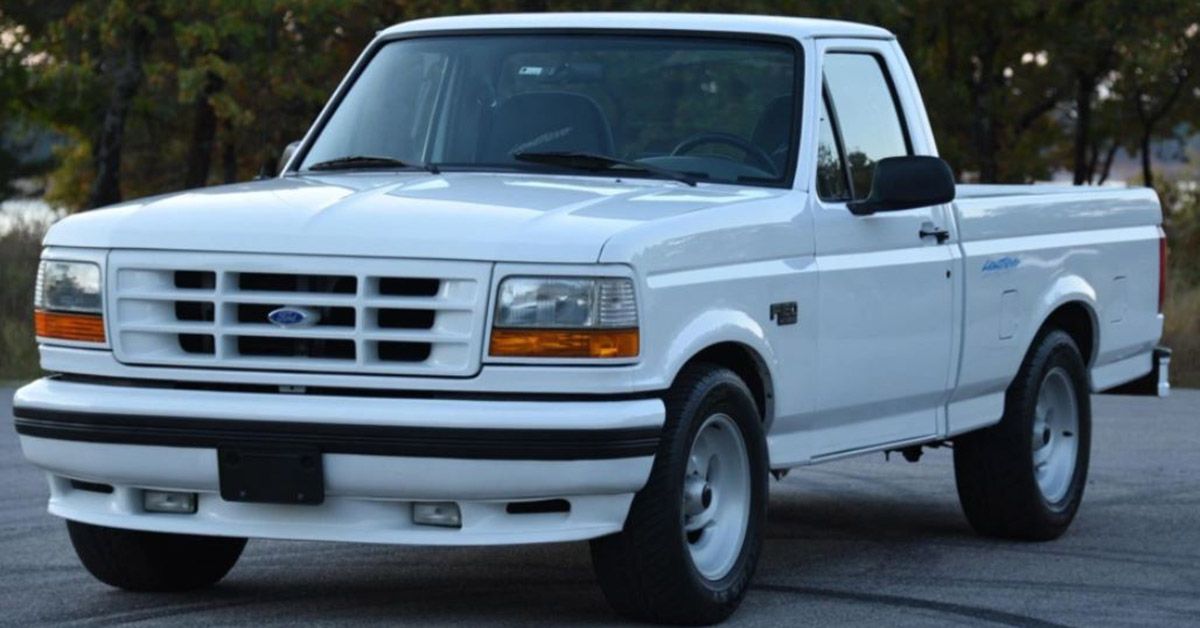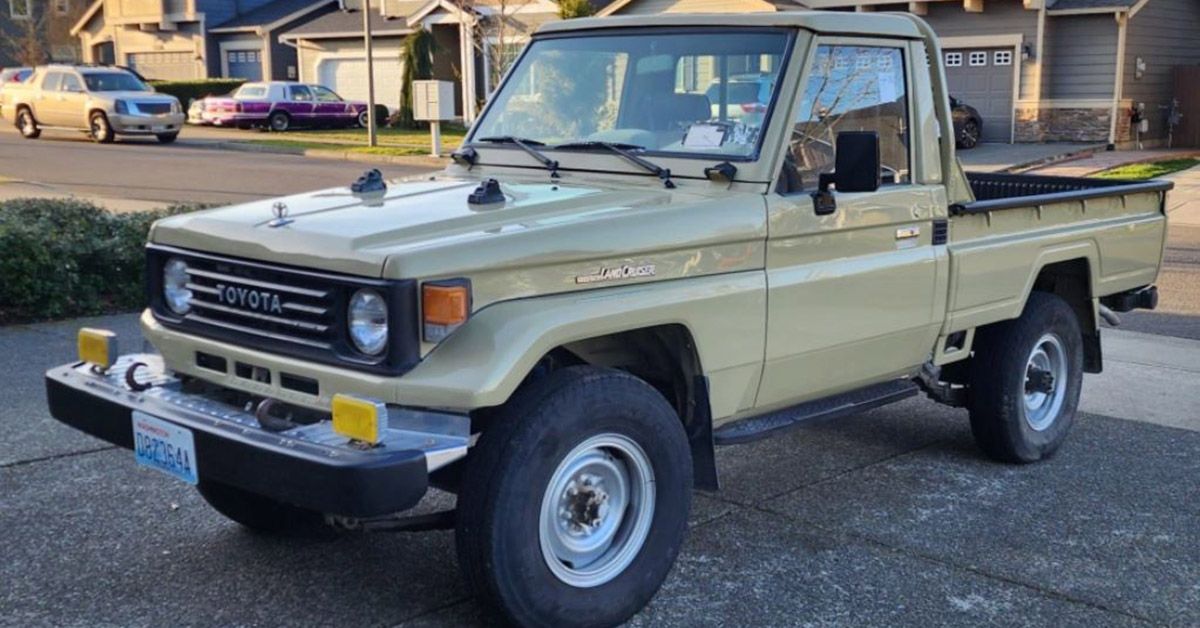Americans love their pickup trucks. Next only to SUVs in sales volume, pickup trucks make up the 2nd-largest vehicle segment in the US automotive market. The best-selling vehicle in America for 2022 has been the same nameplate for over 40 years now – the Ford F-Series pickup trucks.
Customers today have a wide variety of truck brands and models to choose from. The competition for the title of the best pickup truck is red-hot in the full-size, mid-size, and compact truck categories. Aside from the well-known American brands like Ford, Chevrolet, GMC, and Ram, other Asian models from Toyota, Nissan, Honda, and Hyundai are also elbowing each other out for a piece of this large pie.
Today's pickup truck competition doesn't revolve exclusively around toughness and utility anymore. Yes, some purists will only consider a 4x4, body-and-frame model to be an actual pickup truck. However, some of today's customers have started warming up to more comfortable unibodies like the Honda Ridgeline and Hyundai Sta. Cruz. Still, some gearheads flock towards street performance pickup trucks like the Ram TRX and the Ford Raptor R.
How did the humble, utilitarian pickup truck of the early 1900s evolve and branch out into the different pickup truck sub-segments today? Let's take a look at some of the most iconic pickup trucks of the past century and try to understand how market forces fueled this evolution.
10 1917 Ford Model TT
The Ford Model TT was not just the American automaker's first pickup truck; it was also the world's first-ever factory-assembled pickup truck. Based on the Model T car, the Model TT truck had a reinforced chassis and axle as well as a revised gearing ratio that lowered the top speed in exchange for more torque. With these modifications, the Ford Model TT had an amazing 1-ton payload rating, considering that its 2.9-liter, 4-cylinder engine only produced 20 hp.
Ford sold its first Model TT in 1917. As a response to customer demands for a more utility-based vehicle, Ford modified the Model T car and offered it in a cab and chassis format – the Model TT. The pickup truck buyers – a lot of them running their own farms – can then go to 3rd-party trailer fabricators for a customized truck bed layout. In 1924, Ford started adding a factory-produced truck bed that accelerated the Model TT's popularity, evidenced by roughly 40,000 unit sales in 1925 alone. By 1928, Ford had already sold 1.3 million Model TT units before the company introduced the pioneer pickup truck's 1.5-ton successor, the Model AA.
9 1948 Ford F-Series
Almost every American driver knows about the Ford F-Series trucks, especially the F-150. By the end of 2022, the Ford F-Series has been America's best-selling pickup truck for 46 years, and the country's best-selling vehicle for 41 years.
The Ford F-Series started towards its journey of making some of the best pickups after the second world war ended. With many rural-based Americans driving their pre-war Ford pickups into towns and cities in search of jobs, Ford saw an opportunity to offer a new truck line that combined rural utility and urban design. In 1948, the Ford F-series Bonus Built Trucks were born. Spearheading this new generation of Ford trucks was the half-ton F-1 pickup, which came with either a 3.7-liter inline-6 that offered 95-hp, or a 3.9-liter V8 that churned out 100 hp.
8 1948-1953 Dodge B-Series
As one of the "Big Three" of America's post-WWII automotive industry, the Chrysler group had a very keen sense of what vehicle buyers wanted during the time. In 1948, Dodge – a Chrysler subsidiary – introduced the B-Series pickup truck as an answer to the market's demand for trucks that had utility, comfort, and styling in one package.
The Dodge B-series came with half-ton and three-quarter-ton truck variants, both with straight-six engines that made 95 and 108 hp, respectively. Many antique truck collectors argue that the Dodge B-Series had the most advanced and stylish design of the time. For instance, the B-Series had the Pilot House cabin design, which greatly improved the driver's visibility. Moreover, to improve weight distribution and handling, Dodge moved the B-Series engine forward and moved the front axle backward.
7 1957-1959 Dodge Sweptside Pickup
Style was probably the greatest defining characteristic of America's favorite vehicles in the 1950s, and Dodge models were not to be left behind. Built from 1957 to 1959 by Dodge's Special Equipment group, the Dodge D-100 Sweptside had the finned rear fender panel design from the Dodge 1957 station wagon, white tire side walls, and an eye-catching two-tone paint scheme.
Some enthusiasts and collectors consider the Dodge Sweptside as the prettiest truck ever built, but don't let its beauty fool you because it could also be a beast. The Sweptside's 3.8-liter L-head straight-six engine option could pump out 120 hp, while its newer 5.2-liter V8 mill – the largest engine available in any light trucks of the period – roared with 204 horses. The fact that Dodge only built approximately 2,000 units of the Sweptside adds to the truck's mystique and appeal, thus pushing today's auction prices to the 6-figure vicinity.
6 1960-1964 Studebaker Champ
The 1960-1964 Studebaker Champ was a light-duty pickup truck that rolled out to the American streets as a more budget-friendly yet competitive alternative to Ford, Dodge, and Chevy models. The Champ was a low-budget development project for the automaker, as the truck took its cab from the Studebaker Lark and its bed from another pickup in the carmaker's stable. Many half-ton truck buyers flocked to the Champ's comfortable car-like cabin, and they weren't disappointed with the power either.
The Champ offered four engine options during its 5-year run: two inline-6 mills that produced 90 to 110 hp, and two V8 blocks that rumbled with 180 and 210 hp, respectively. With these engine options and a sturdy body configuration, Studebaker even went as far as claiming that the half-ton Champ can do what other 3/4-ton trucks can. Unfortunately for Studebaker fans, the Champ didn't go into a second generation, as the company's financial woes eventually led to its closure in the mid-1960s.
5 1973-1991 Chevrolet C/K
With a production run that lasted for almost two decades, the 3rd-generation Chevrolet C/K was one of General Motors' most successful truck models. This Chevrolet C/K generation – designated by GM as the "Rounded Line" but affectionately called "Square Body" by its buyers – spawned a name that many drivers are familiar with now – the Silverado. However, at that time, a Silverado was just a Chevrolet C/K trim level. The highest one, that is.
Throughout its 18-year production run, the 3rd-gen C/K offered 10 different engines, ranging from a 4.1-liter straight six to a 6.2-liter Detroit Diesel V8. It was the first model to get a four-door crew cab option in Chevrolet's pickup truck history. Furthermore, this C/K generation also introduced the world's first dual-rear-wheel pickup truck – the Chevrolet "Big Dooley."
4 1984-1988 Toyota Truck
By the early 1980s, Toyota's reputation for quality, durability, and reliability had reached virtually all automotive markets in the world. This reputation was further bolstered and cemented into the history books as Toyota vehicles played a crucial military role in the 1987 Toyota War. Yes – a war was named after Toyota.
The Toyota Hilux – also called the Toyota Truck then – was one of the two models in the 400-strong Toyota fleet that France supplied to Chadian forces. In the campaign to retake northern Chad territory from Libyan forces, Chad claimed victory with only three Toyotas lost during the fighting. The minimal vehicle loss and the good performance of the vehicles in the desert zones added to the legendary toughness of Toyota's trucks. Since then, the Hilux – whether to Toyota's benefit or disappointment – became a vehicle of choice during many armed struggles around the world.
3 1991 GMC Syclone
In 1990, General Motors came out with two truck models that re-introduced the muscle truck to the American automotive industry. Although a few carmakers already toyed with the muscle truck concept in the 1970s and 80s, it wasn't until the 90s that the sub-segment gained significant market acceptance. These trucks were the GMC Syclone and its corporate cousin, the Chevrolet 454SS. They were low-slung trucks that could neither haul cargo nor tow a trailer, but they weren't designed for that. These trucks were built for speed.
The 1991 GMC Syclone was based on the half-ton GMC Sonoma, but the performance truck had a pumped-up 4.3-liter turbocharged Vortec V6 that roared with 280 hp and 360 lb-ft of torque. This monster of an engine allowed the GMC Syclone to clock in at 4.3 seconds in the 0-60 mph sprint. This acceleration – faster than those of the Corvette ZR1 and the Ferrari 348 – gave the GMC Syclone the title of "supercar slayer."
2 1993-1995 Ford F-150 SVT Lightning
Ford came a bit late into the performance truck scene of the 1990s. However, the company did so in spectacular fashion with the Ford F-150 SVT Lightning. Built by the Blue Oval group's Special Vehicle Team (hence the "SVT"), the 1993-1995 SVT Lightning was the first generation of the F-150 performance truck. Powered by a naturally-aspirated 5.3-liter Windsor V8, the first-gen SVT Lightning could crank out 240 hp and 340 lb-ft of torque.
Although the SVT Lightning had lower power ratings than the GMC Syclone, the former could still perform its truck duties decently. The Ford SVT Lightning could still haul 800 pounds and tow 5,000 pounds, making it a much more practical choice than the Syclone. At the end of the 3-year production run, 11,000 first-generation SVT Lightnings have rolled out of Ford's dealerships. It wasn't until 1999 that Ford decided to follow up with a more powerful 2nd-generation SVT Lightning, but for many fans, it was worth the wait.
1 1984 To Present - Toyota Land Cruiser 70 Series
The Land Cruiser is Toyota's longest-running nameplate, and it has proven its worth in power, durability, and luxury over the decades. Some know the latest Land Cruiser models to be luxurious and capable family vehicles. However, this full-size Toyota SUV went through harsh off-road environments during its evolution. It even saw combat duty, as the Land Cruiser 70-series (LC70) was one of the two models in the 400-strong Toyota fleet that France sent to Chadian forces in the 1987 Toyota War.
Toyota launched the LC 70 in the mid-1980s, but due to continued customer demand, the Japanese automaker still produces and sells the LC 70 as brand-new units in certain countries today.

